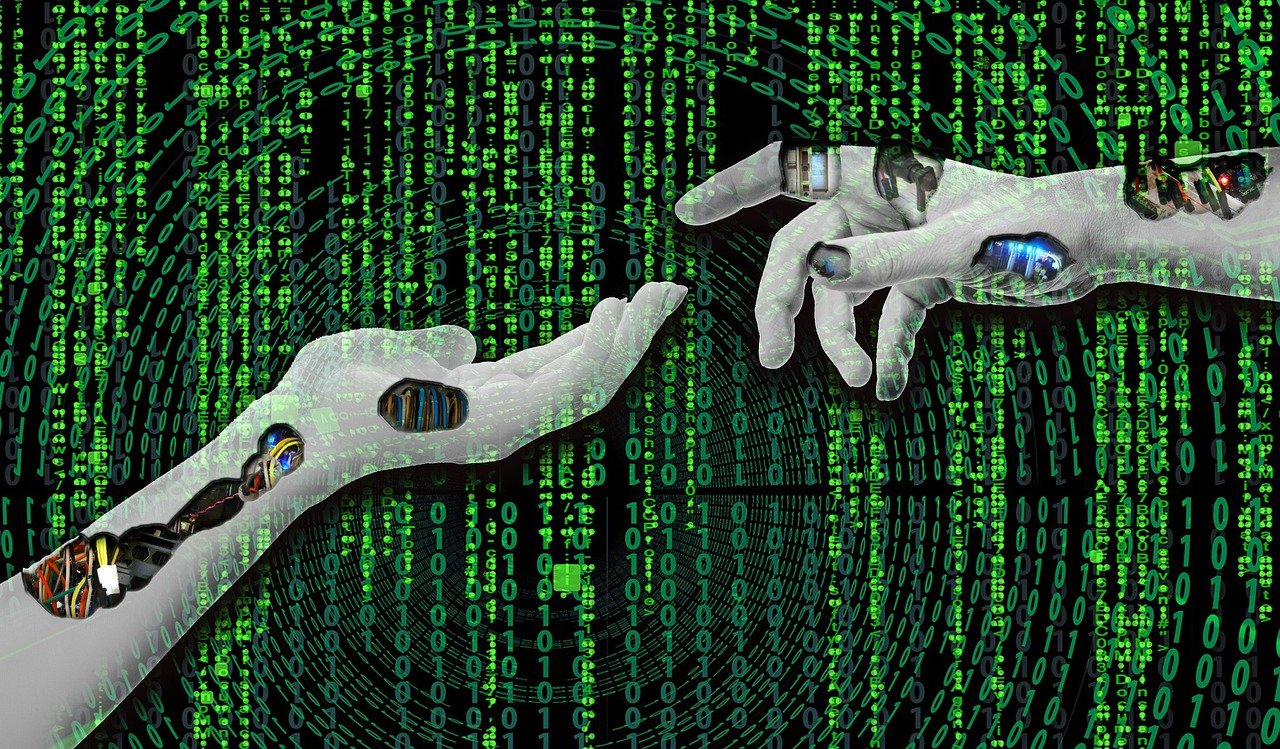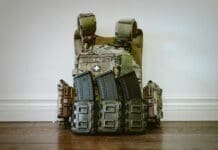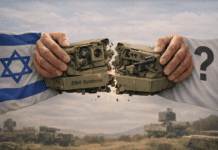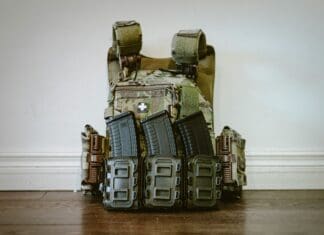This post is also available in:
 עברית (Hebrew)
עברית (Hebrew)
In the future, Soldiers and their artificial intelligence agent teammates will communicate with each other through spoken dialogue.
Researchers from the U.S. Army Combat Capabilities Development Command, known as DEVCOM, Army Research Laboratory and the University of Southern California’s Institute for Creative Technologies, a Department of Defense-sponsored University Affiliated Research Center, created an approach to flexibly interpret and respond to Soldier intent derived from spoken dialogue with autonomous systems.
This technology is currently the primary component for dialogue processing for the lab’s Joint Understanding and Dialogue Interface, or JUDI, system, a prototype that enables bi-directional conversational interactions between Soldiers and autonomous systems.
“We employed a statistical classification technique for enabling conversational AI using state-of-the-art natural language understanding and dialogue management technologies,” said Army researcher Dr. Felix Gervits. “The statistical language classifier enables autonomous systems to interpret the intent of a Soldier by recognizing the purpose of the communication and performing actions to realize the underlying intent.”
For example, he said, if a robot receives a command to “turn 45 degrees and send a picture,” it could interpret the instruction and carry out the task.
To achieve this, the researchers trained their classifier on a labeled data set of human-robot dialogue generated during a collaborative search-and-rescue task. The classifier learned a mapping of verbal commands to responses and actions, allowing it to apply this knowledge to new commands and respond appropriately.
Researchers developed algorithms to incorporate the classifier into a dialogue management system that included techniques for determining when to ask for help given incomplete information, Gervits said.
In terms of Army impact, the researchers said this technology can be applied to combat vehicles and autonomous systems to enable advanced real-time conversational capability for Soldier-agent teaming. The natural language interface is expected to improve situational awareness and give our Soldiers the decisive edge.
“With the tactical environment of the future likely to involve mixed Soldier-agent teams, I am optimistic that this technology will have a transformative effect on the future of the Army,” Gervits was cited by eurekalert.org.

























